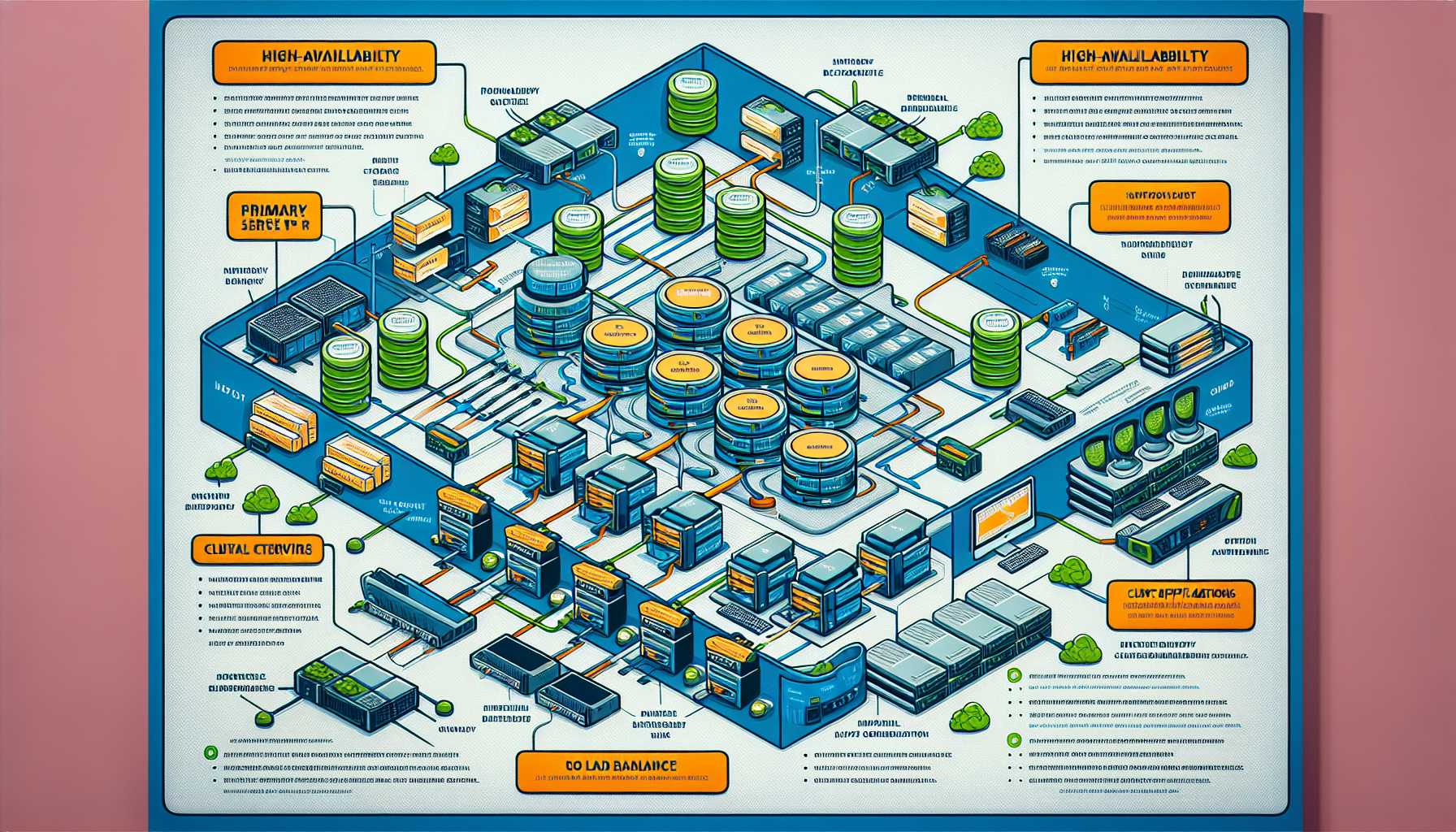How do I troubleshoot slow database queries caused by I/O bottlenecks?
Troubleshooting Slow Database Queries Caused by I/O Bottlenecks – An Enterprise Guide When database queries slow to a crawl, one of the most overlooked causes is I/O bottlenecks. In my experience managing large enterprise systems, I’ve seen countless teams throw more CPU or memory at the problem while the real culprit was the storage layer. […]

